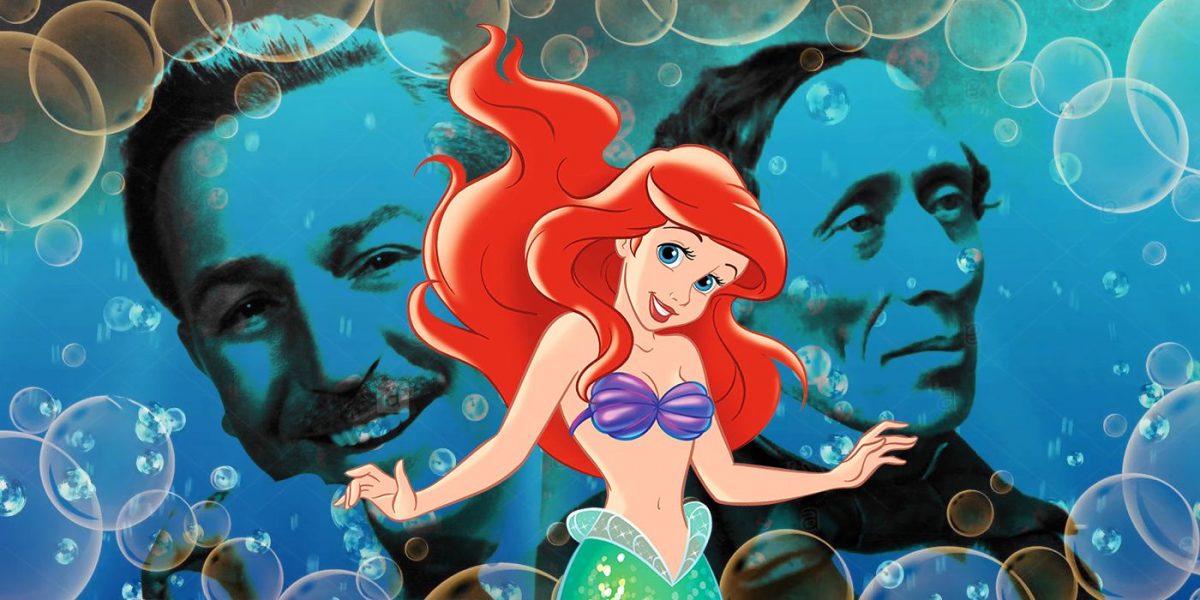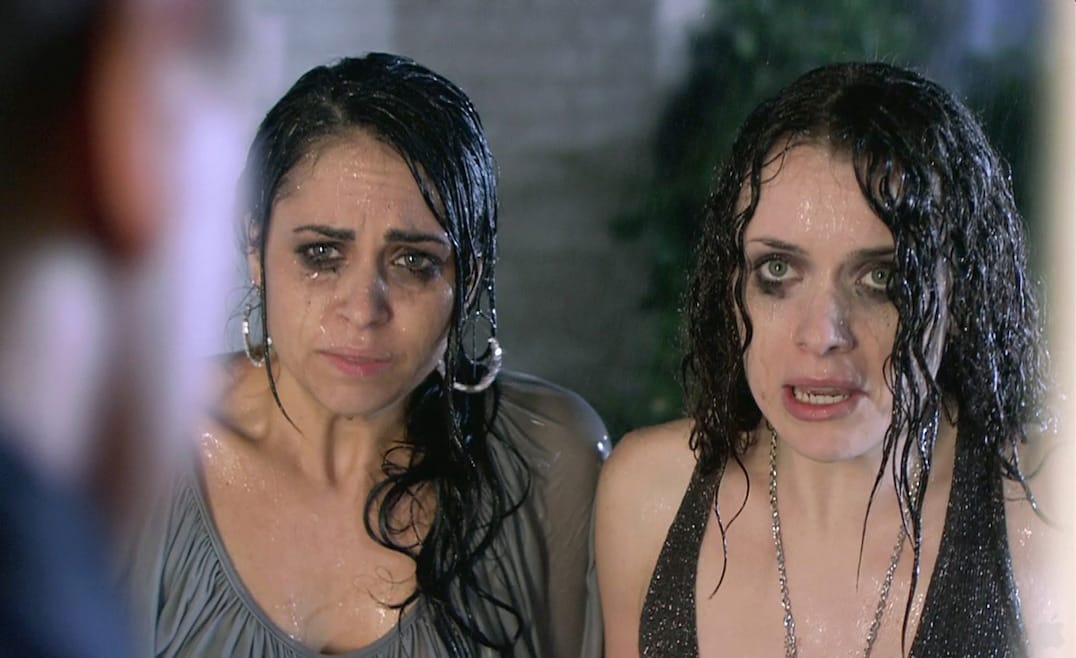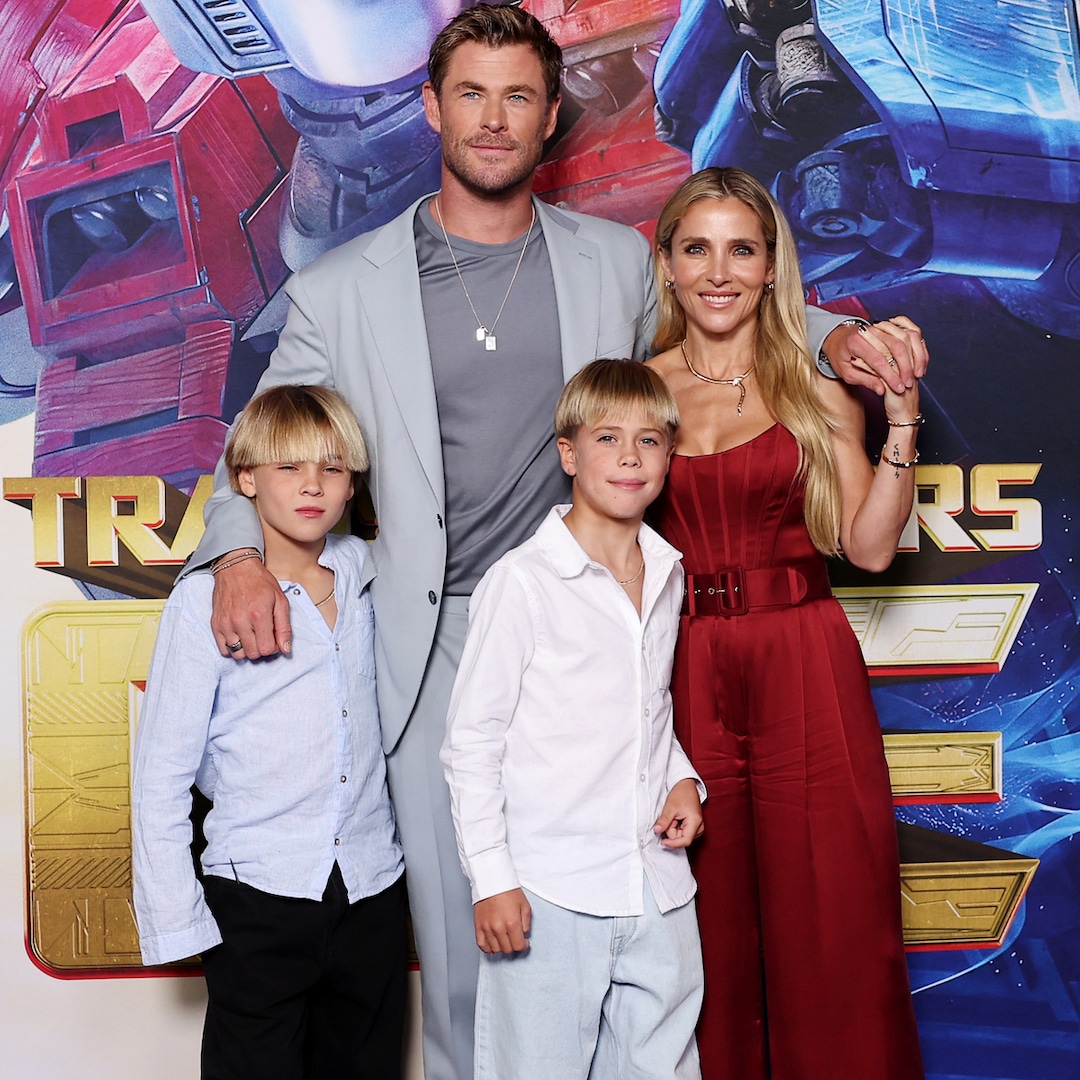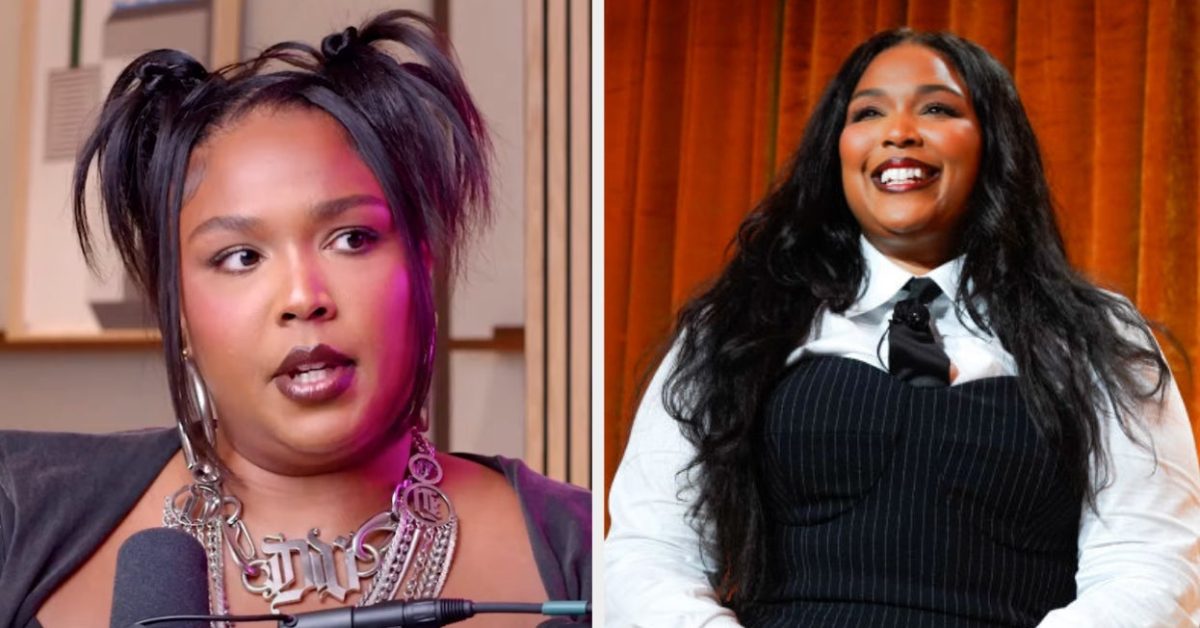
How The Little Mermaid Originally Stumped Walt Disney
May 31, 2023
It’s among the most consistent compliments paid by collaborators, employees, friends, rivals, and even enemies: Walt Disney was a master storyteller. As an animator, director, and most of all as a producer, he originated or adapted some of the most beloved tales of Western culture for the cinema, the results often being taken as definitive versions of whatever yarn he took up. (A live-action The Little Mermaid starring Halle Bailey and Melissa McCarthy sails into theaters this month.) But for all his talent in that area, there were stories that, for one reason or another, defied Walt’s efforts. And the works of another renowned storyteller proved a challenge that Walt could never meet in his lifetime.
COLLIDER VIDEO OF THE DAYSCROLL TO CONTINUE WITH CONTENT
Related: Disney’s ‘The Little Mermaid’: The Biggest Differences Between the Movie and the Original Story
Walt Disney Wanted To Adapt Hans Christian Andersen’s Life and Stories
Image via Disney
The 1940s are the graveyard of many an aborted or ruined Disney project. That was the decade that saw Walt plummet from the heights of success to a long spell of disappointment, uncertainty, and aimlessness. Just before the calendar started showing ’40s, the profits from Snow White and the Seven Dwarfs let him build a new studio and snatch up the rights to many a project, but the underperformance of subsequent films precluded further work. Among the titles lost during these lean years were Chanticleer, Hiawatha, Roald Dahl’s The Gremlins, collaborations with Salvador Dali and Aldous Huxley, and a continuation of Fantasia.
The Life of Hans Christian Andersen was among the titles in play at that time. The studio had already dabbled in the Danish author’s work with a Silly Symphony adaptation of “The Ugly Duckling,” but this was to be an ambitious feature-length production, a marriage of live-action and animation years before The Song of the South. The film was intended as a semi-fictionalized biography, interspersed with animated adaptations of Andersen’s fairy tales. Among the tales slated for inclusion were “The Steadfast Tin Soldier,” “The Little Fir Tree,” “The Snow Queen,” “The Nightingale,” and “The Little Mermaid.” Development art still exists to this day in the Disney archives; “The Steadfast Tin Soldier” was developed by storywoman Bianca Majolie, “The Little Fir Tree” by storyman Bill Peet, and “The Little Mermaid” by renowned Danish illustrator Kay Nielsen.
Disney and Goldwyn Were Partners on the Proposed Film
The Life of Hans Christian Andersen was also intended as the first significant co-production in the Disney studio’s history. Walt Disney was good friends with Hollywood producer Samuel Goldwyn, who had his own interest in a Hans Christian Andersen picture dating back to 1936. He and Walt (and their intermediaries) discussed a production where Goldwyn would oversee the live-action and Walt the animation. Screen treatments came from both camps, with none meeting full approval, but from the time the partnership was announced in 1940, work continued.
Walt kept an active hand in his end of the production. When the adaptation of “The Little Mermaid” became mired in trying to retain everything that Andersen had packed into his short but complex tale, Walt cautioned against it. “We don’t need to do Andersen literally,” he told his staff. The sequence that had tripped them up was the storm and the rescue of the prince. Andersen’s tale had the prince come ashore near a convent, where one of the local girls is taken by the prince as his savior. This element of mistaken identity was a challenge to get across, and Walt advised against trying at all. He suggested that the prince, coming to follow his shipwreck, should catch a brief glimpse of the mermaid and hear a snippet of a haunting refrain she sang for him, and carry the memory of his mystery rescuer without having any face to put to it. This simplification carried on to the prince’s wedding (which in Andersen’s tale was a prearranged marriage that the prince opposes) until he learns that his bride is also the convent girl he believes saved his life. Walt felt that it didn’t matter who the prince was marrying, but rather that it was more important that he wasn’t marrying the mermaid.
Hans Christian Andersen Stumped Walt Disney
Image via Disney
The co-production stayed alive until 1942, but it came apart for numerous reasons. Walt was never happy with the scripts developed by Goldwyn, or with the way they portrayed Andersen himself. Disney’s financial situation remained sour. And with World War II raging, the studio’s energies were largely absorbed by government contract work. The partnership with Goldwyn was abandoned. Goldwyn himself wasn’t so keen to let the material go. He kept at the idea of an Andersen film until 1952, when he finally released Hans Christian Andersen as a musical film starring Danny Kaye. Without Disney animation, the fairy tales were done in ballet.
Walt might have pursued his half of the project as a package feature in the same vein as much of his 1940s feature output, but the loss of funds and staff worked against him. Another complication was that Andersen’s fairy tales ultimately proved a formidable challenge to realize even as short subjects. For just one example, the titular character of “The Snow Queen” spends most of the story off the page, and building a proper conflict between her and the story’s heroine was beyond Walt’s staff. “The Ugly Duckling” proved to be the only Disney adaptation of Andersen that Walt had a personal hand in. All the work done on the Andersen co-production was packed away, and Walt led the studio on to other stories.
Later Disney Artists Found a Way To Adapt “The Little Mermaid” and Other Andersen Tales
Hans Christian Andersen may have stumped Walt, but decades of succeeding Disney artists and filmmakers have taken up the challenge since. Three of the stories Walt had earmarked for his film have since made it into Disney pictures. “The Steadfast Tin Soldier” was the subject for the “Piano Concerto No. 2” sequence of Fantasia 2000, with Bianca Majolie’s original artwork used for initial inspiration. 2013’s Frozen is “inspired by” “The Snow Queen,” though it bears scant resemblance to the original tale (and boasts dubious merits in its own right, but I won’t get into that today). And of course, there is 1989’s The Little Mermaid, still recognizably adapted from Andersen’s tale but very much a Disney adaptation.
Directors Ron Clements and John Musker, not knowing about the failed Andersen project of the ’40s, were surprised that the story hadn’t been adapted by Disney before when they pitched it in 1987. Months into production, they became aware of the earlier work and consulted it for their film. Kay Nielsen’s artwork was used in the development of the storm sequence (Nielsen receives posthumous credit on the film as “visual development artist”), and transcripts of Walt’s story meetings were reviewed. Clements and Musker found that their own instincts aligned with Walt’s in key areas: the removal of the convent and the arranged marriage, the idea of a mystery girl with a song in the prince’s memory, and removing the mermaid’s dual motivation for an immortal soul.
Of course, they didn’t see eye to eye through the decades with Walt on everything. Working in a short form sequence, Walt favored expediency and had his mermaid rush off from her deal with the sea witch without understanding that she’d paid with her own voice, running straight into the prince’s wedding. And while Andersen’s fairy tale ends in a bittersweet compromise (the little mermaid loses her prince but wins the chance to gain an immortal soul as a daughter of the air) Walt went for tragedy and ended the story with the mermaid dissolved into sea foam. Clements and Musker opted for a happy ending, not taking their cues from Walt on either that count or the details of her deal. But their film made it to the screen, and Walt’s didn’t.
Publisher: Source link
It's Time For The Ultimate "Would You Rather": Hot Guys Vs. Christmas Food Edition
Decisions, decisions.View Entire Post › Disclaimer: This story is auto-aggregated by a computer program and has not been created or edited by filmibee.Publisher: Source link
Dec 28, 2024
Chris Hemsworth and Elsa Pataky Share Rare Photo with Their 3 Kids
Chris Hemsworth’s family Christmas is truly something to marvel over. In honor of the holiday season, Elsa Pataky shared a photo featuring her, her husband, their daughter India, 12, and twin boys Sasha and Tristan, 10. The Fast and Furious…
Dec 28, 2024
"All Of This Came Out Of Nowhere": Lizzo Publicly Responds To Sexual Harassment Lawsuits After Being Dismissed From A Case
"We're continuing to fight the other claims."View Entire Post › Disclaimer: This story is auto-aggregated by a computer program and has not been created or edited by filmibee.Publisher: Source link
Dec 27, 2024
This Fan-Favorite Elf Quote Almost Didn’t Make It Into the Film
11. Determined to maintain the old school aesthetic, Favreau told Rolling Stone he didn’t want to make the film “a big CGI extravaganza," only using the technology to add some snow. “I like motion-control, models, matte paintings,” he explained. “It…
Dec 27, 2024











